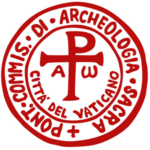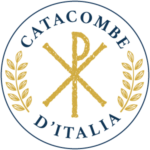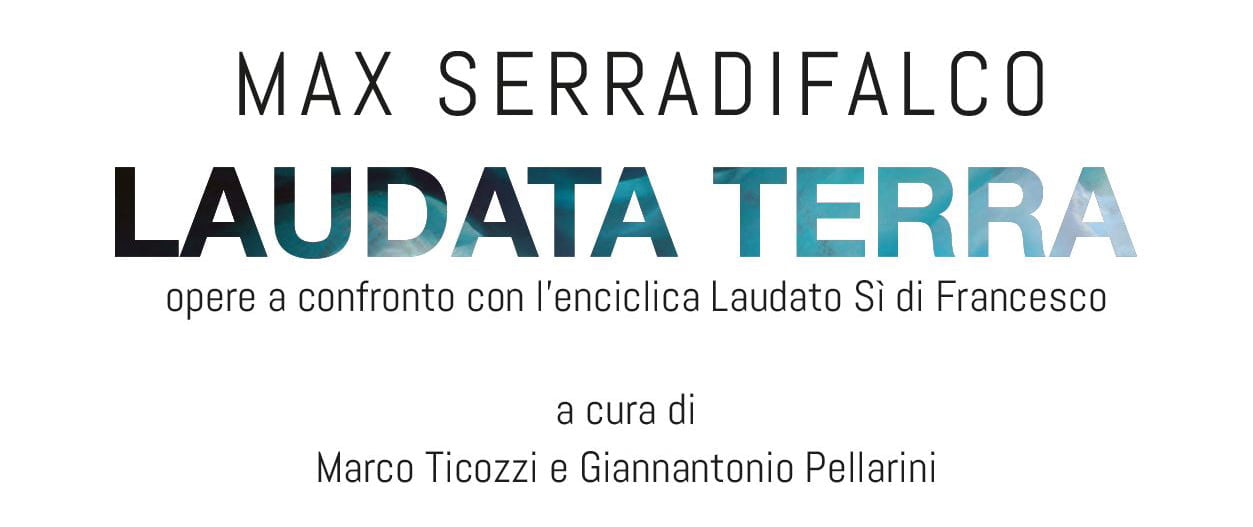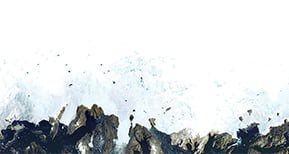In Serradifalco’s works the recognizable elements on the earth’s surface become compositional, iconic and conceptual syntagmas, that reach symbolic evocation: images of ancestral, dreamlike appeal are created, transcending the seemingly photographic objectivity.
But symbols and dreams are “relative” and intimately linked to an observer’s culture: do human beings of different cultures see the same things, do they receive the same impressions?
The artist also offers the viewer a subtle game between boundaries of the mind and those of earth.
He establishes the fictitious boundaries of the view field of satellite shooting as he works; they go beyond or incorporate the geographical and political borders of micro- and macro-areas, as well as the limits of natural and artificial formations, altering their perceived dimension.
They are rivers becoming flowers and trees, geographical elements turning into pictorial abstractions, landscape deterioration becoming decorative elements; islands, mountains and beaches transformed into living beings.
And again, non-natural traces – urban clusters, crop fields, harbours, factories – from being typical signs of human activity become mosaic tiles describing anthropomorphic or zoomorphic figures, which range from benevolent to malignant, from tender to ironic.
We find polar ices which, disintegrating, become a backdrop – and a threat – to “breathless and consumerist” metropolises, hosting humans about to become the next “endangered bear” and an immaculate final expanse much like the primitive white sheet from which to restart and draw a new landscape.
They are national flags, whose color fields overlie other images on the land, in a totality where we are primarily earth inhabitants, as well as citizens.
The artist makes us touch, with attentive wonder, both the reality of the earth and that of dreams.
We remain absorbed, kind of enchanted, free to interpret the shapes, contemplating the concept of “beautiful in Nature” much like the way Saint Francis does in the Canticle of Creatures describing the sun, the stars and fire as “beautiful”, proclaiming their praise; one could argue perhaps that that’s where we could place the dawn of canons of natural beauty in our figurative culture.
This almost illusionistic game of borders tells us about the relativity of our points of view, but also clearly outlines the universally valid principle of substantial unity in the diversity of Earth and people.
It allows us to read the symbiotic contamination between geographical and biological characters, which appear to be the basis of the interaction between cultures and biodiversity.
After all, the artist is Sicilian and has “breathed the air” of the confluence in Sicily of multiple cultures, which have gradually given rise to “other” forms and translated into mosaics, decorations, iconographies, sculptures, bright chromaticism, often in search of wonder and surprise: they are the characters that appear as the spring of his work and his language, with the natural consciousness that everything, in the world, is connected.
Brescia, August 2020
















































































